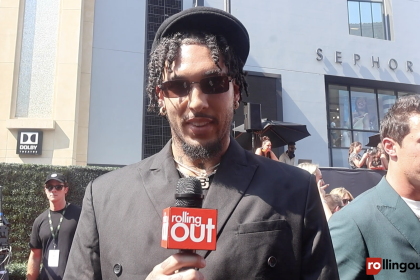Since their introduction in 2009 under President Barack Obama, vulnerability surveys have aimed to assess the eligibility of homeless individuals for housing assistance. However, recent findings suggest that these surveys may inadvertently perpetuate racial disparities, particularly affecting Black homeless populations. This article delves into the issues surrounding the Vulnerability Index – Service Prioritization Decision Assistance Tool (VI-SPDAT) and its impact on housing prioritization.
The Vulnerability Index and its implications
The VI-SPDAT is the most widely utilized assessment tool designed to evaluate whether a homeless individual qualifies for housing assistance. The survey includes personal questions about a person’s history, including their interactions with law enforcement, mental health issues and substance use. While the intention is to identify those most in need, experts argue that the system is outdated and exacerbates existing racial disparities.
Critics highlight that the scoring system favors White individuals over Black homeless individuals. For instance, the assessment awards higher points for health care usage, which disproportionately benefits White individuals who are more likely to have had consistent access to health care services. According to a 2019 report, White individuals are more likely to be prioritized for permanent housing compared to BIPOC. The report revealed that race is a significant factor in 11 out of the 16 sub-scales of the VI-SPDAT, indicating a systemic bias that favors White individuals in the housing prioritization process.
Systemic racism in housing assistance
Marc Dones, a policy director at the University of California-San Francisco, articulated the systemic racism embedded in the vulnerability questionnaire, stating per California Healthline, “If you’re a White person, the more likely you are to rank higher than if you’re a Black person, so you’re more likely to get selected for housing.” This statement underscores the urgent need for reform in how vulnerability assessments are conducted.
How did the system fail?
The VI-SPDAT was initially tested in Boston, a city with a predominantly White homeless population. This context shaped the tool’s design, which prioritized individuals with severe health conditions, often found among White individuals who typically have chronic illnesses and frequent hospital visits. In contrast, Black individuals often experience homelessness due to economic factors such as poverty and unemployment, and they may be less likely to disclose health issues due to historical mistrust of the health care system.
This misalignment has resulted in a system that favors White individuals, leaving many Black individuals without the necessary support for housing. The disparities are stark: while African Americans make up 13 percent of the general population, they represent 37 percent of those experiencing homelessness and over 50 percent of homeless families.
Steps toward change
Fortunately, some states are taking proactive measures to address these disparities. In Los Angeles, officials are implementing artificial intelligence to enhance the evaluation process for housing prioritization, focusing on systemic issues such as over-policing of Black individuals and discrimination in health care. Similarly, in Las Vegas, the vulnerability assessment is being revised to assign higher scores for systemic issues like incarceration. Austin, Texas, is also piloting a system that considers individuals displaced by gentrification.
These initiatives aim to create a more equitable and comprehensive approach to housing prioritization, ensuring that those most affected by systemic inequalities receive the support they need.
The flaws in the current vulnerability survey system highlight the urgent need for reform to address racial disparities in homelessness. As states begin to implement changes, it is crucial to continue advocating for a fair and just housing assistance process that recognizes and addresses the unique challenges faced by Black and other marginalized communities.
















